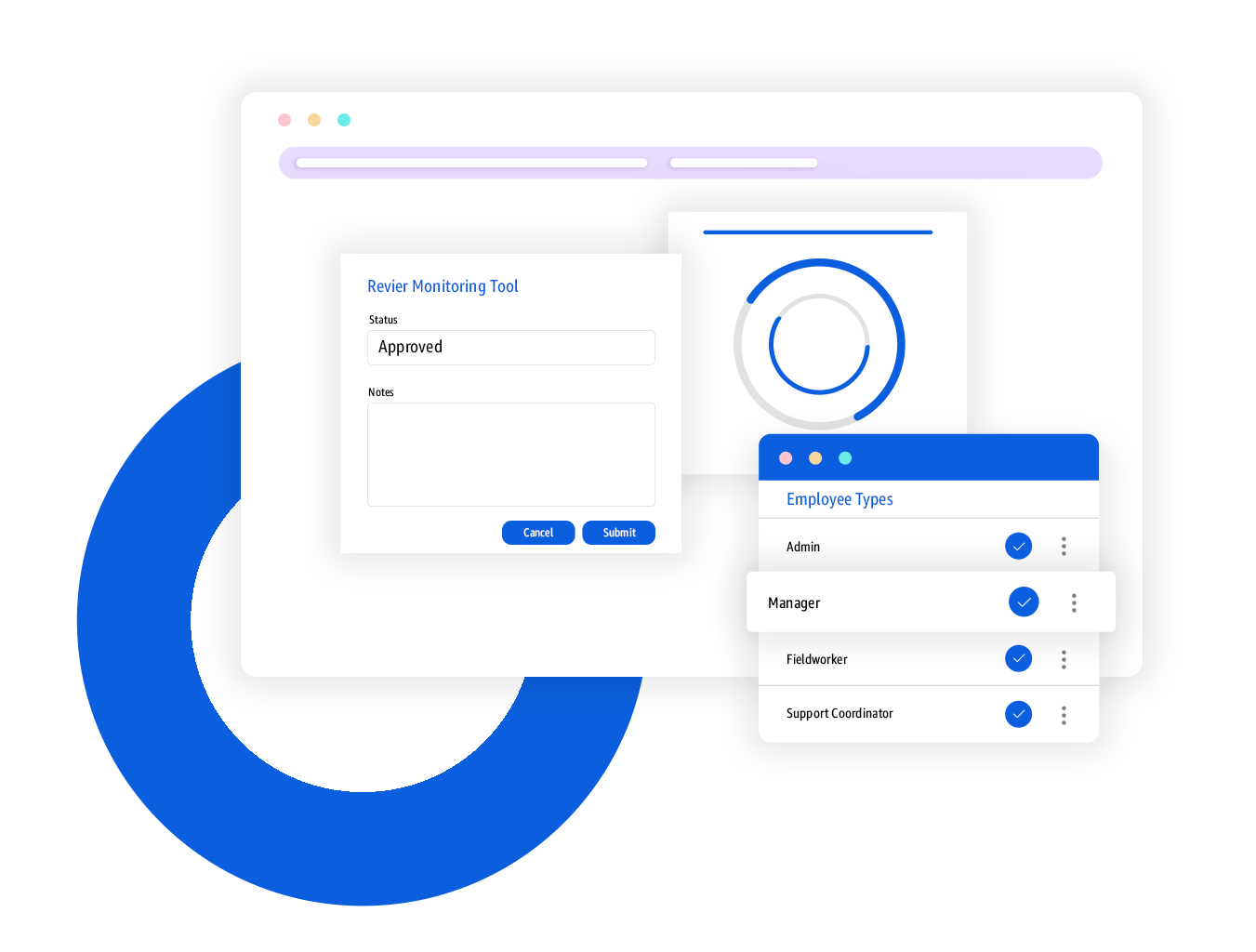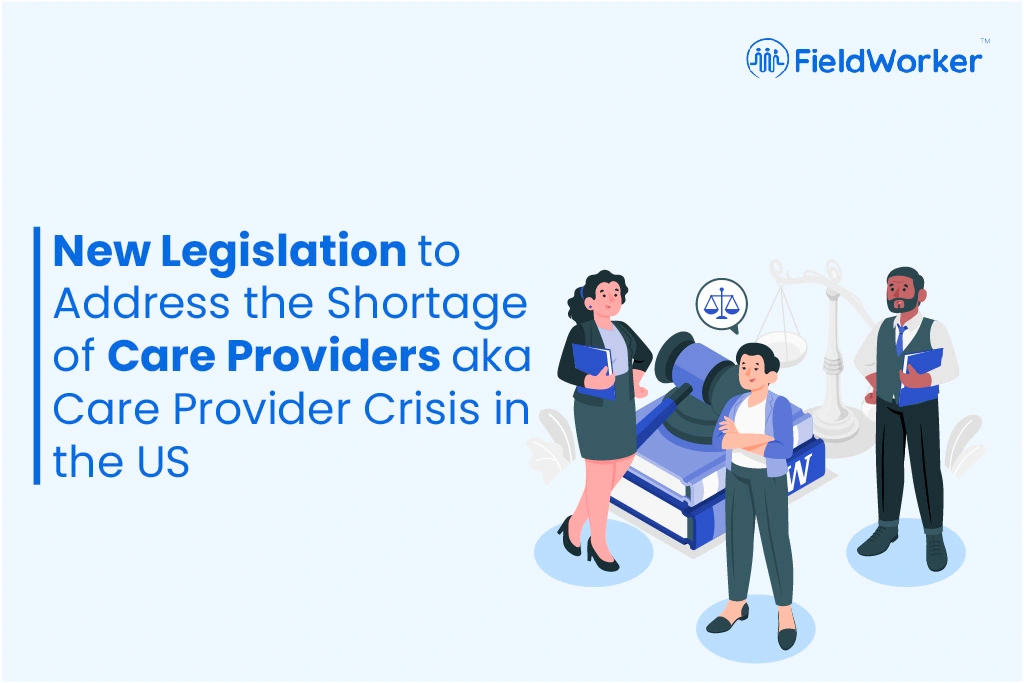In the wake of the pandemic, the healthcare industry around the world was put to the test. One of the biggest challenges faced in the United States was the shortage of care providers, which was further compounded by the growing demand for healthcare for the elderly and people with disabilities.
What’s behind the care provider shortage?
This shortage of care providers has led to a public health crisis in the US. The shortage is due to various factors, including the high cost and time required to become a care provider, the aging population of the US, and the increase in chronic conditions like diabetes, obesity, and lung disease.
Additionally, there has been a shift in the demographics of the US, with more of the population moving from middle-age to geriatric. According to the US Census Bureau, by 2034, there’ll be more adults aged 65 and over than children under the age of 17. This older age group is more vulnerable to illness, cardiovascular issues and other medical conditions, which as you would expect, means we’ll continue to need more resources for providing care.
How can we address the care provider crisis?
There are two key routes that can be taken. The first involves legislation and bills that actively address the issue, such as The Better Care Better Jobs Act. This bill can provide older populations, people with disabilities, and injured workers access to home and community-based services.
At the same time, the act can help increase the pay and offer better benefits for the care providers who are involved in this entire process. Medicaid funding will also increase for home care, helping more than 650,000 Americans to receive care in the setting of their likelihood without any waiting lists.
Another way to address the shortage of care providers is through technology and automation. Automation such as Human Services Software can help in care management, billing, and other services to further reduce the load on healthcare providers.
Telemedicine is also a key technological tool that has come to the fore during the pandemic, allowing physicians to reach remote areas of the country and provide treatment. This helps care providers handle more cases in the required time.
The role of technology and automation
Human services solutions such as FieldWorker are also available that should be incorporated in the healthcare system. FieldWorker can ease out the administrative processes like billing, care management, audits and even electronic visit verification, reducing the effort of the care providers, which can in turn prove to be a huge time saver, improve efficiency, and lower the burden and shortage.
It’s important to address the shortage of care providers in the US, as failure to do so could lead to catastrophic results for the nation. Introducing legislation and technology can play a crucial role in reducing the burden on healthcare providers and providing better care for the elderly and people with disabilities.

